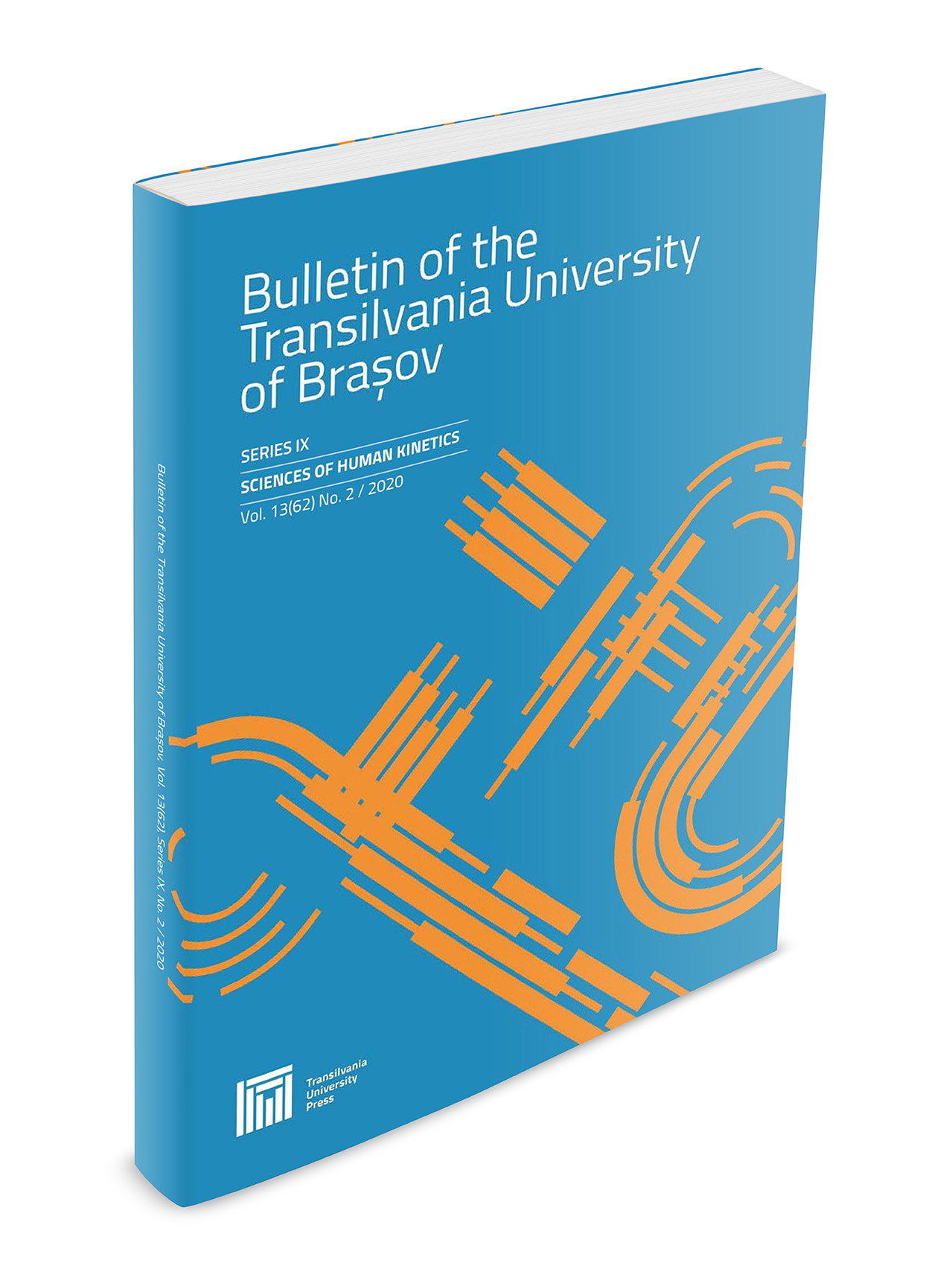Approaches and Directions for the Physiotherapeutic Management of Patients with “Duchenne” Muscular Dystrophy
DOI:
https://doi.org/10.31926/but.shk.2023.16.65.2.24Keywords:
Duchenne muscular dystrophy, physiotherapy, recoveryAbstract
Duchenne muscular dystrophy (DMD) affects cardiac and skeletal muscles but represents a condition that causes numerous secondary pathologies. Although there is no curative treatment available, multidisciplinary approaches, centered on the needs of the patient, improve the quality and duration of life. Therapies such as physiotherapy, occupational therapy, physical activities, and respiratory physiotherapy, but also the management of cardiac, osteo-muscular, and neuro-psychiatric manifestations, are continuously developing, (as new data becomes available) and are the key to DMD management today. These multidisciplinary approaches can lead to good long-term outcomes by helping patients with muscular dystrophy reduce muscle damage, early detect and treat heart failure, and manage cognitive impairment as best they can.Downloads
Published
Issue
Section
License
Copyright (c) 2023 Bulletin of the Transilvania University of Braşov. Series IX: Sciences of Human Kinetics

This work is licensed under a Creative Commons Attribution 4.0 International License.





